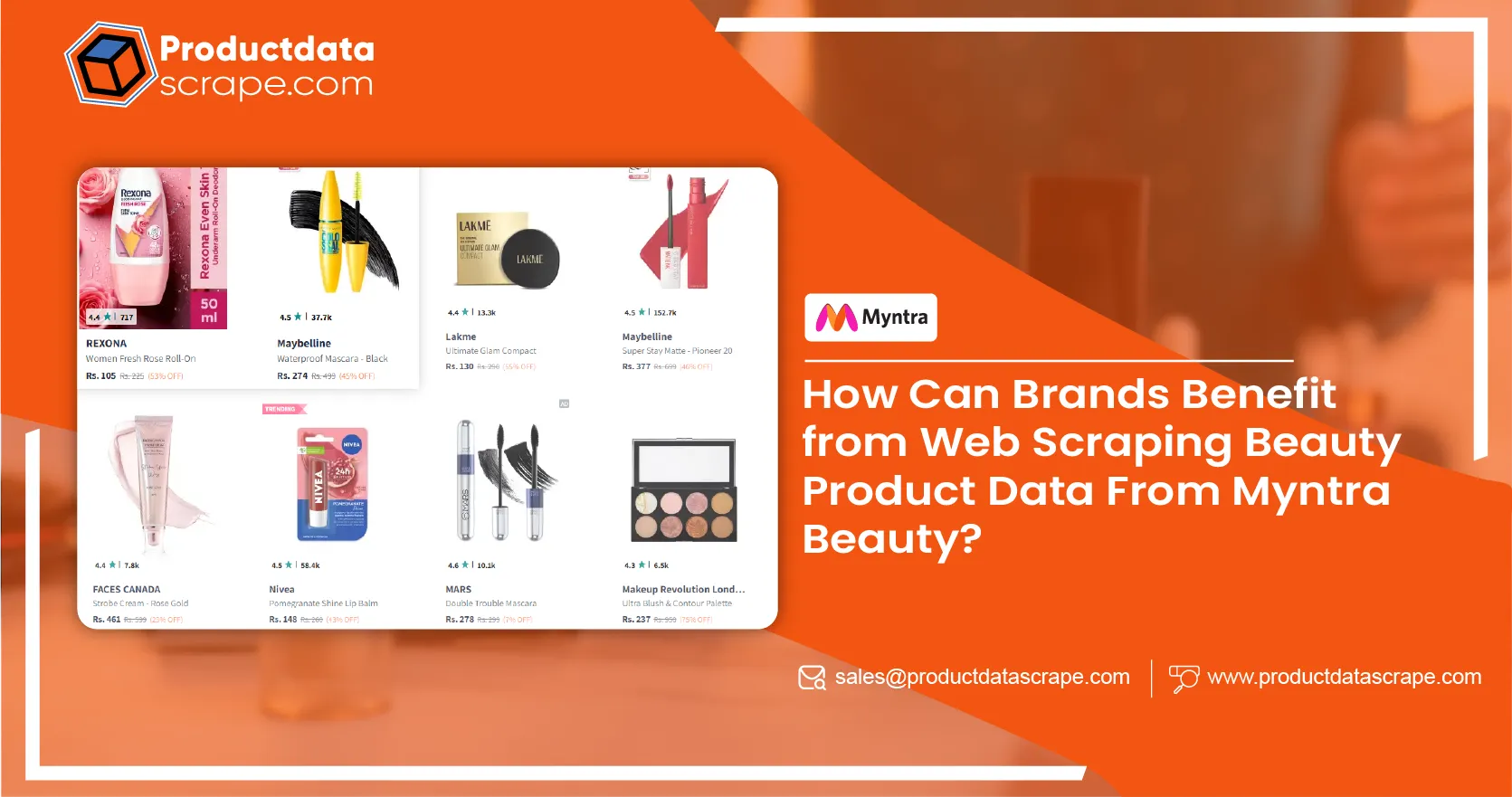
Introduction
The beauty and cosmetics industry has undergone phenomenal digital transformation in recent years. From skincare and makeup to wellness and grooming, today's shoppers demand instant access to reviews, ingredient lists, pricing, availability, and brand comparisons before purchasing. At the heart of this evolving consumer behavior lies one powerful tool: data.
With platforms like Myntra Beauty emerging as top destinations for beauty shopping in India, brands, researchers, marketers, and data scientists are now turning to Web Scraping Beauty Product Data From Myntra Beauty to collect valuable insights. This data-driven approach is helping businesses stay ahead of trends, monitor competitors, and personalize experiences like never before.
Whether you're interested in Real-time Beauty Product Scraping from Myntra Beauty to capture daily shifts in pricing or want to Extract Myntra Beauty Product Category Data to analyze specific product segments, scraping solutions are now integral to market research in the beauty sector.
In this blog, we'll explore the significance of scraping beauty product data from Myntra, how it supports key business functions, and why it's a game-changer for stakeholders in the cosmetics and wellness space.
Understanding the Relevance of Myntra in the Beauty Landscape
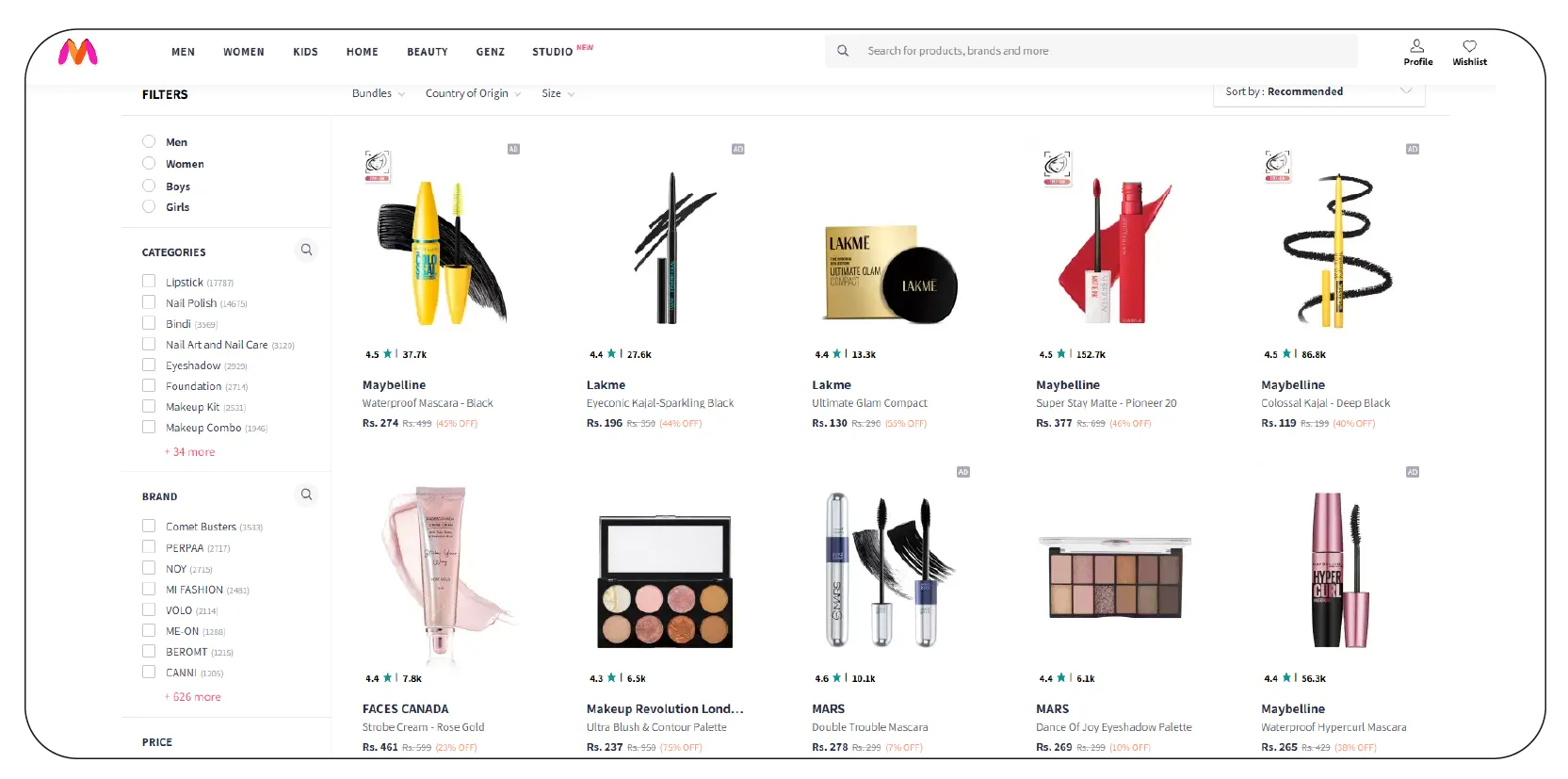
Myntra, primarily known for fashion, has made considerable strides into the beauty segment with curated collections of international and Indian brands. Offering thousands of products across categories like skincare, haircare, makeup, fragrances, and grooming tools, Myntra Beauty has positioned itself as a robust platform for beauty discovery.
This makes it a goldmine for data. Every listing on Myntra Beauty includes the following:
- Brand name and product title
- Pricing (original and discounted)
- Ratings and reviews
- Ingredient details and product description
- Skin/hair type suitability
- Category and subcategory mapping
- Promotions and availability status
By scraping this structured and semi-structured information, stakeholders can gain a detailed understanding of the current market down to granular consumer preferences.
How Does Beauty Product Data from Myntra Drive Competitive Intelligence?
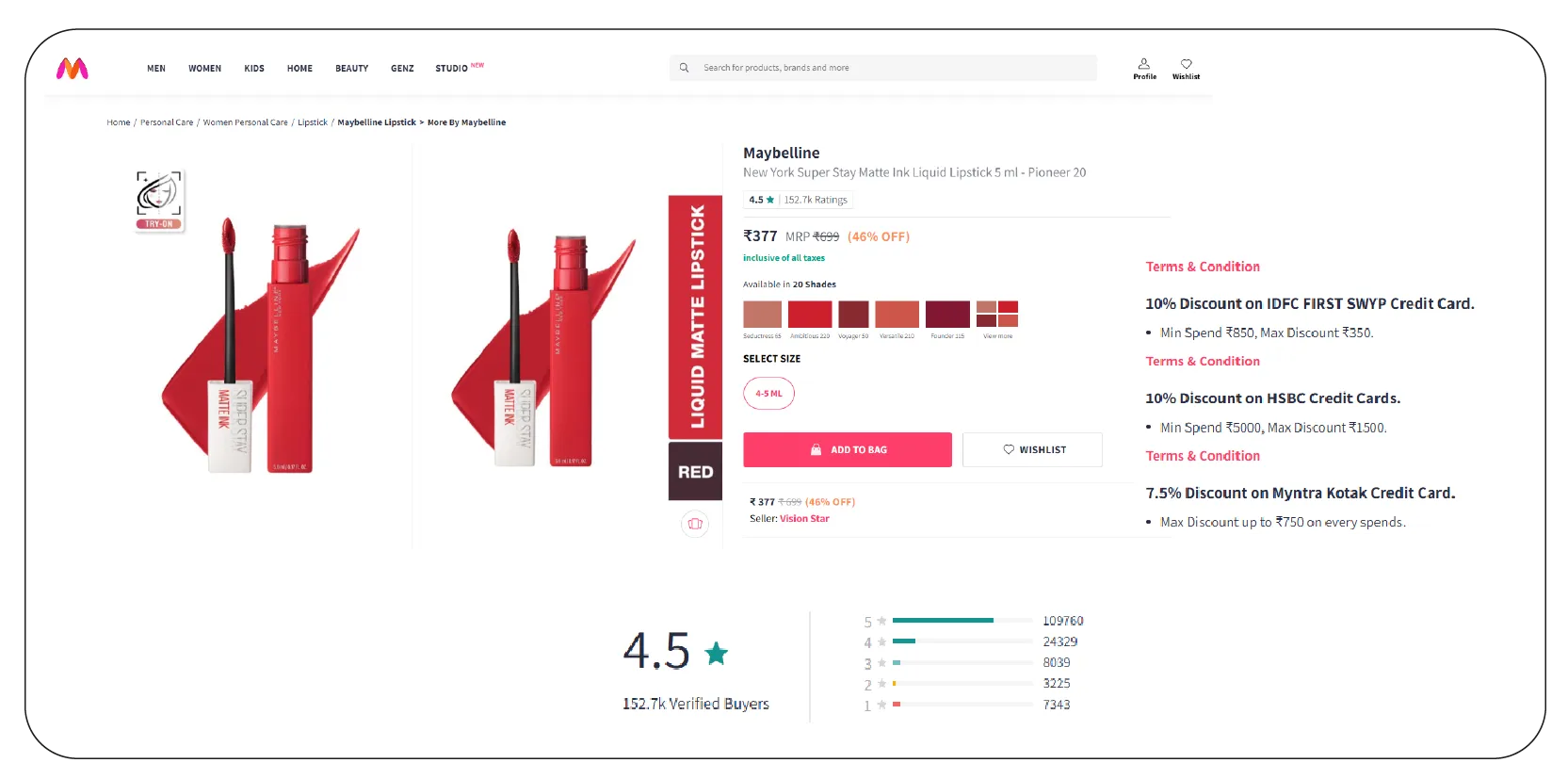
Scraping beauty data from Myntra is often a first step toward competitive benchmarking. When businesses collect and analyze product listings across various brands, they uncover:
- Pricing strategies: How do premium brands like MAC and Clinique position themselves compared to drugstore players like Maybelline or Lakmé?
- Discount patterns: What is the average discount percentage during campaigns (e.g., End of Reason Sale or festive offers)?
- Product bundling: Are brands offering combo packs? If so, which products are most frequently bundled?
- Consumer preferences: Which products have high ratings and sell fast? Are there clear favorites in skincare routines like serums or moisturizers?
With timely and relevant data, beauty brands can optimize their product portfolios, craft dynamic pricing models, and stay one step ahead in the race for customer loyalty.
Real-Time Trendspotting and Product Development Insights
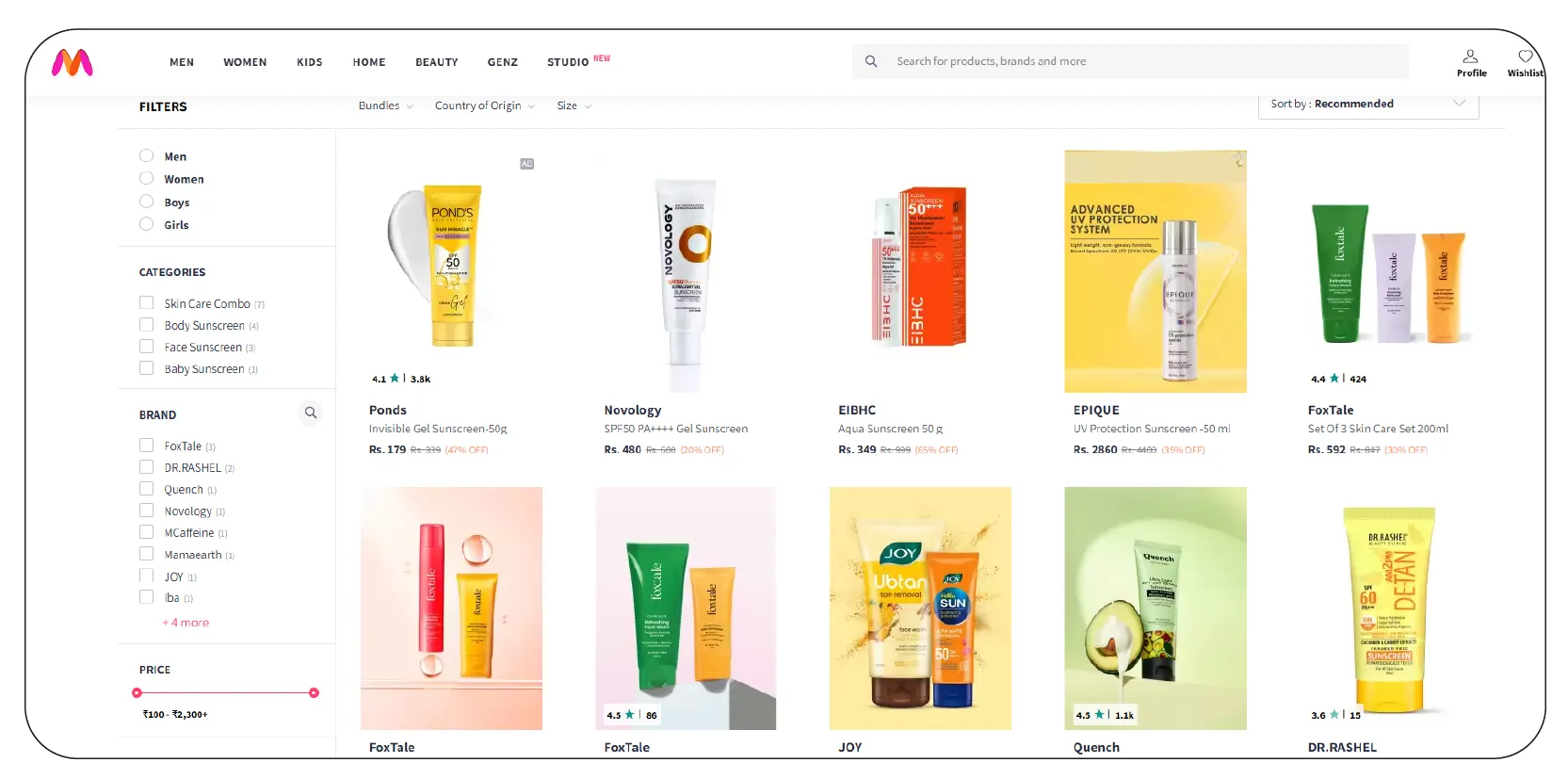
particularly valuable in a rapidly evolving industry like beauty and skincare. Ingredients like niacinamide, hyaluronic acid, or vitamin C often go viral on social media—brands that can detect the rising popularity of these components through product search frequency or customer reviews can quickly pivot their R&D.
For instance, if you Scrape Beauty Product Listings from Myntra and find that gel-based sunscreen with SPF 50 is the most reviewed and fastest-selling item in summer months, skincare brands can align their new product launches accordingly.
Moreover, businesses can identify gaps in the market by using Web Scraping Myntra Health & Beauty Data . Suppose there is a growing demand for vegan, cruelty-free, or gender-neutral products. In that case, companies can Extract Myntra E-Commerce Product Data to explore these underserved segments and introduce purpose-driven innovations.
Enabling Hyper-Personalized Beauty Marketing
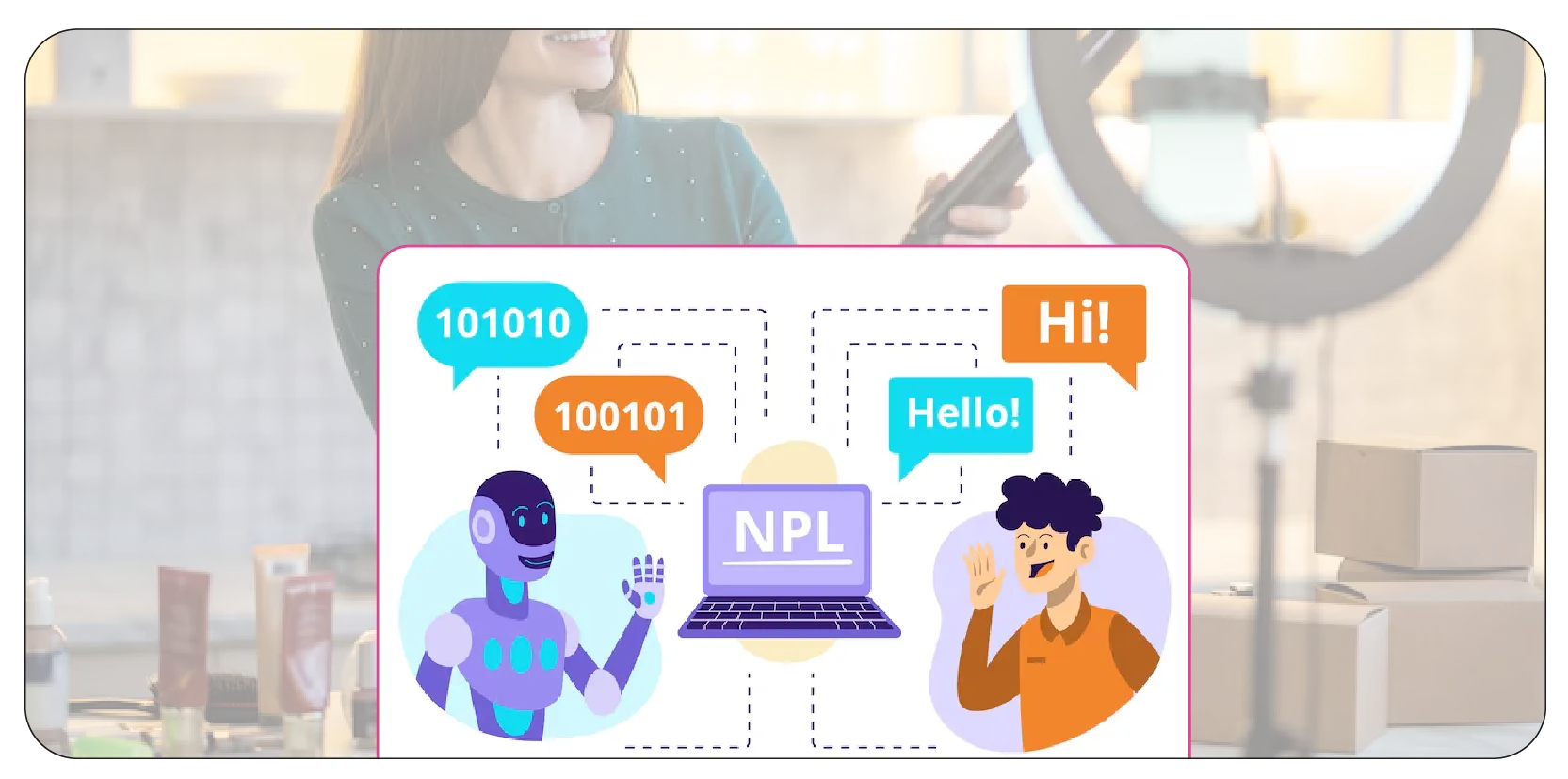
Personalization is no longer a bonus in the beauty industry—it's expected. Customers want recommendations tailored to their skin type, color tone, concerns, and preferences. By leveraging Web Scraping Myntra E-Commerce Product Data, marketers can create hyper-targeted campaigns that resonate deeply with specific audiences.
The Myntra Beauty Product Dataset reveals that customers in urban metros in the 25–35 age bracket often purchase anti-aging products featuring peptides. Marketing teams can use this insight to refine their audience segmentation, push relevant ads, and improve return on ad spend (ROAS).
Additionally, scraped reviews and customer comments on Myntra provide invaluable unstructured feedback. Natural Language Processing (NLP) techniques can mine these insights to understand sentiment, identify common issues (such as skin irritation or product mismatch), and generate more empathetic and informed marketing content—all made possible through reliable E-Commerce Data Scraping Services .
Inventory Management and Supply Chain Optimization
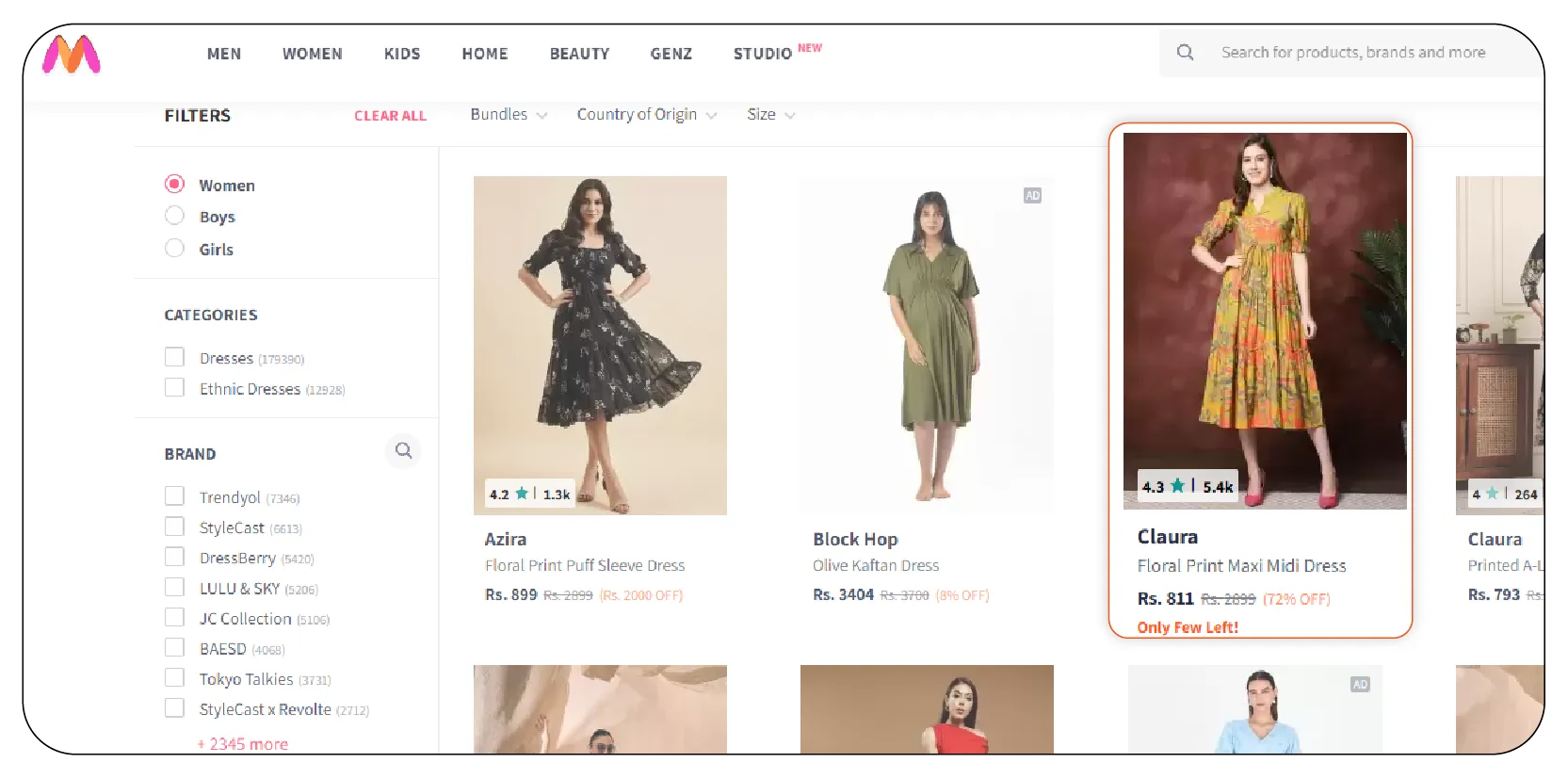
One underrated but immensely valuable use of web scraping Myntra's beauty product data is inventory planning and demand forecasting. By tracking stock status—whether a product is "out of stock," "low stock," or "new arrival"—sellers and third-party logistics (3PL) providers can make more intelligent supply chain decisions.
When you Extract Popular E-Commerce Website Data , patterns begin to emerge. For example, brands can increase inventory buffers if a specific type of lipstick shade consistently goes out of stock during the wedding season. Conversely, products that consistently sit unsold can be deprioritized or discounted.
In marketplaces where delivery timelines matter, the ability to Extract E-commerce Data and act on it enables proactive inventory management, ensures higher customer satisfaction, and reduces revenue loss from missed sales opportunities.
Monitoring Product Life Cycles and Brand Lifespan
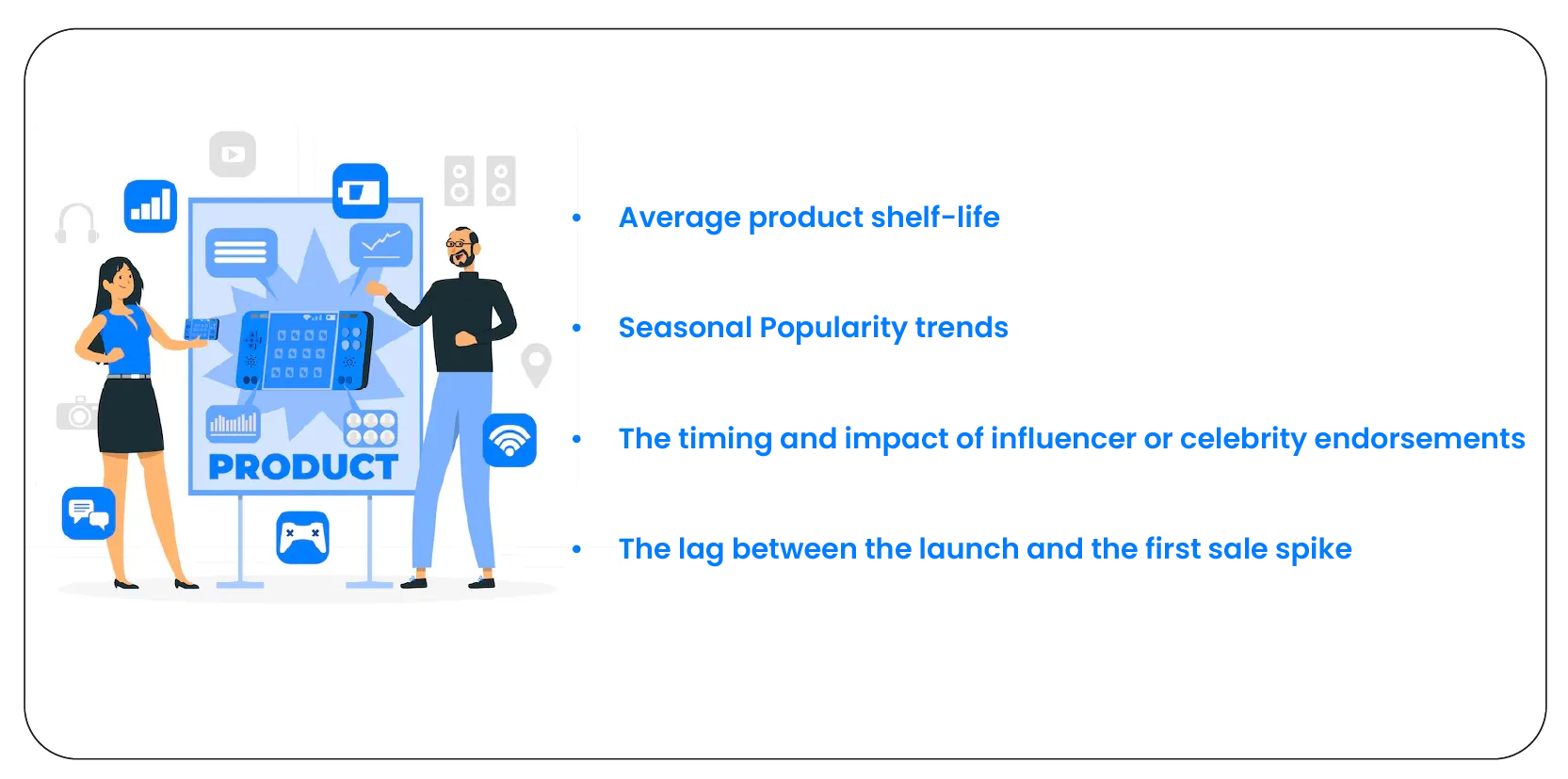
Every product listed on Myntra follows a life cycle—launch, promotion, peak demand, and eventual decline. Scraped beauty product data helps brands map this cycle with precision. By analyzing metadata such as the first listed date, pricing history, promotional intensity, and customer response, businesses can estimate the following:
- Average product shelf-life
- Seasonal Popularity trends
- The timing and impact of influencer or celebrity endorsements
- The lag between the launch and the first sale spike
Such insights help optimize launch calendars, promotional rollouts, and product discontinuation timelines—ensuring minimal resource wastage and maximizing brand relevance.
Empowering Beauty Tech Startups and Aggregators
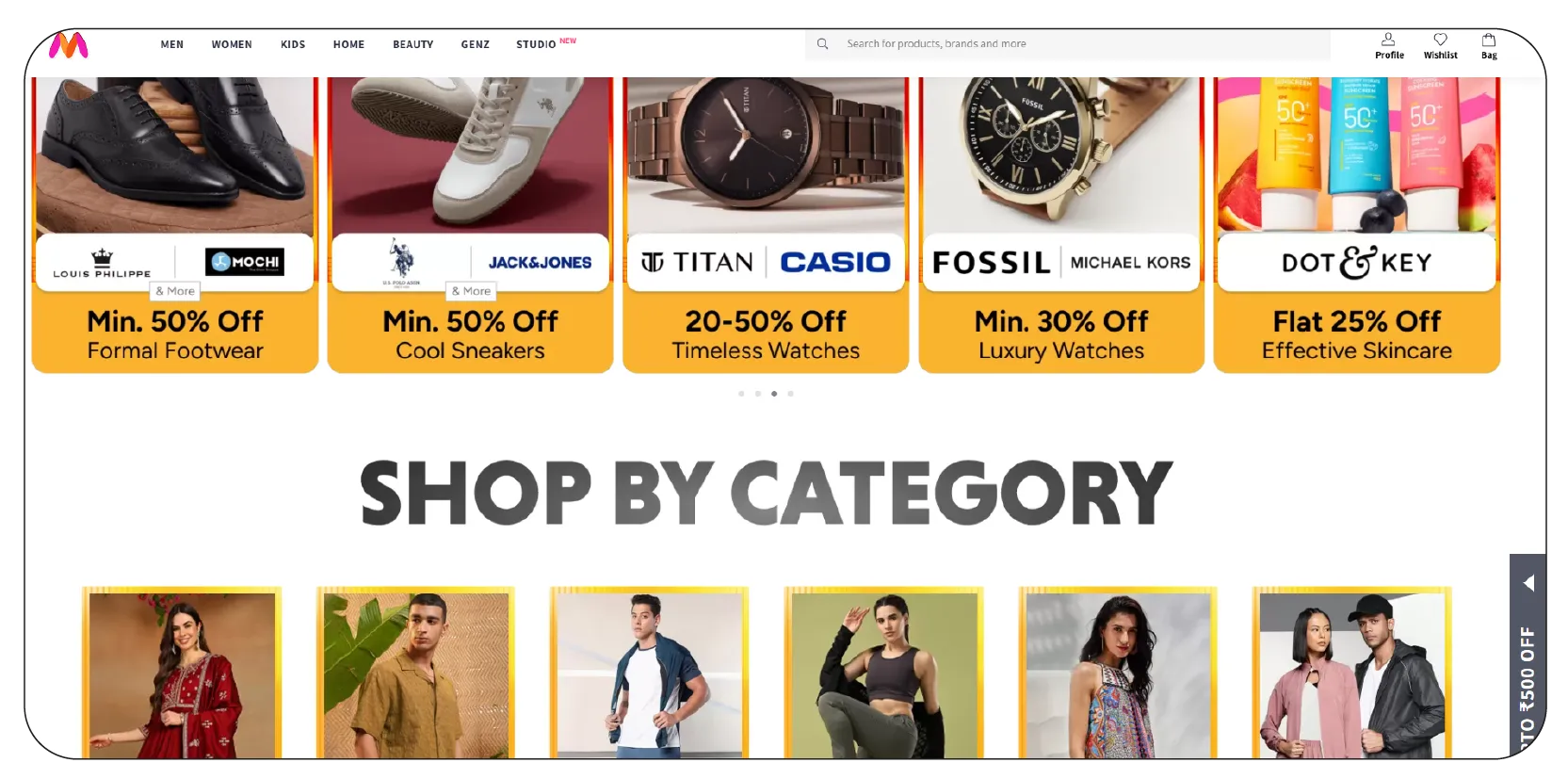
Web scraping beauty data from Myntra is useful not only for large brands but also for startups building beauty discovery platforms, AI-powered recommendation engines, or price comparison tools.
These players depend on fresh, diverse, and accurate product data to train their algorithms, populate their catalogs, and enable dynamic filtering. Scraped data allows them to:
- Offer users personalized product matches based on skin tone or concern
- Predict prices based on seasonality and past discount trends
- Alert users to restocks or limited-time offers
In a digital-first world, these features help new-age beauty platforms compete with traditional retail by offering innovative, data-driven shopping experiences.
Unlock the power of precise e-commerce insights—start harnessing our data scraping services today!
Contact Us Today!
Gaining Insights into Regional Preferences and Behavioral Trends
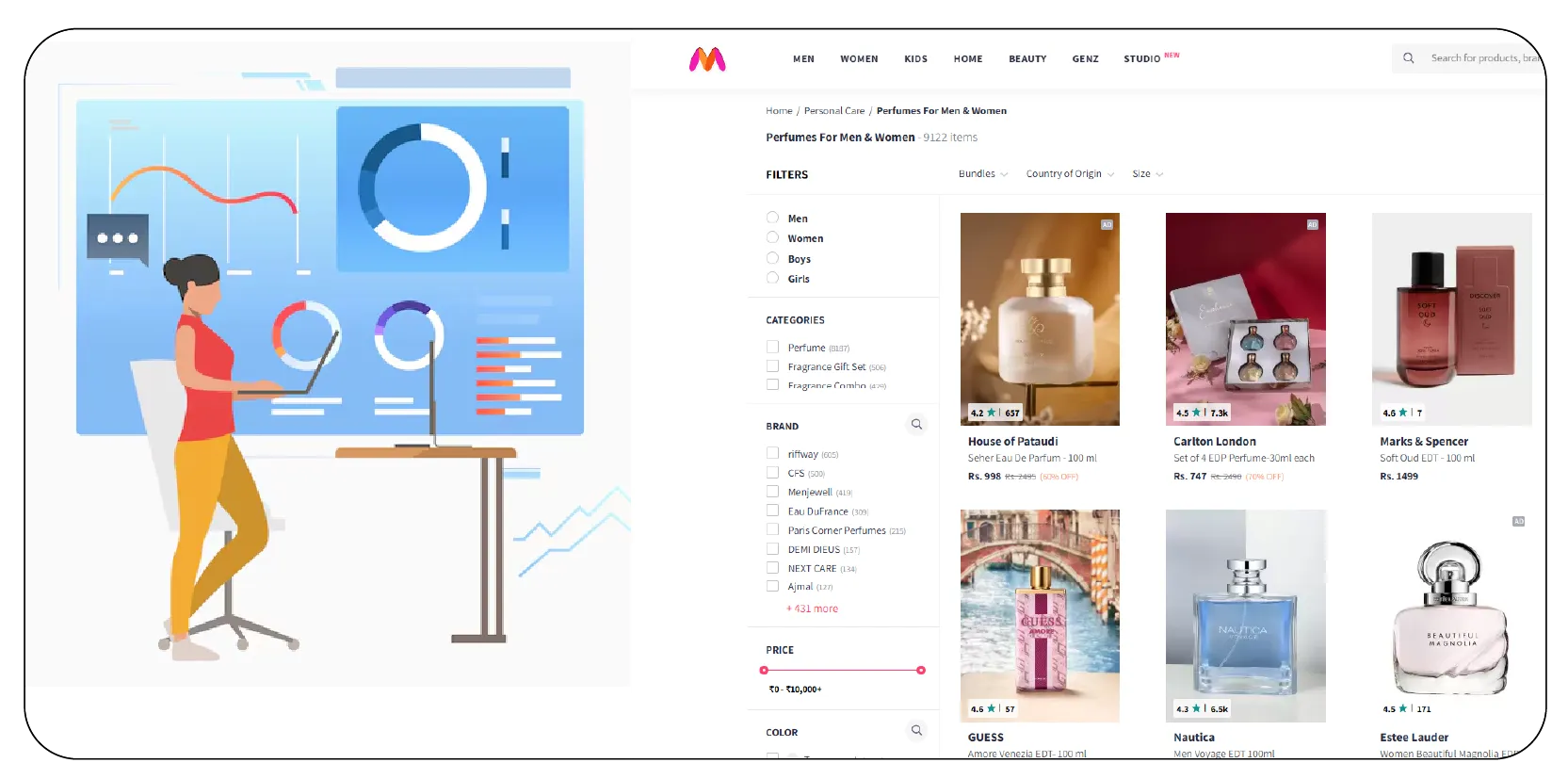
One overlooked advantage of scraping data from Myntra Beauty is the ability to detect regional and behavioral variations. For example, preferences for certain fragrances, packaging types, or skin treatments may vary between northern and southern India due to climate, culture, and lifestyle differences.
While Myntra doesn't explicitly provide geolocation data, indirect signals—such as the language used in reviews or the time of day of purchases—can help data scientists infer patterns. These patterns, in turn, fuel regional marketing strategies and product localization efforts.
Sustainability and Ingredient Transparency Analysis
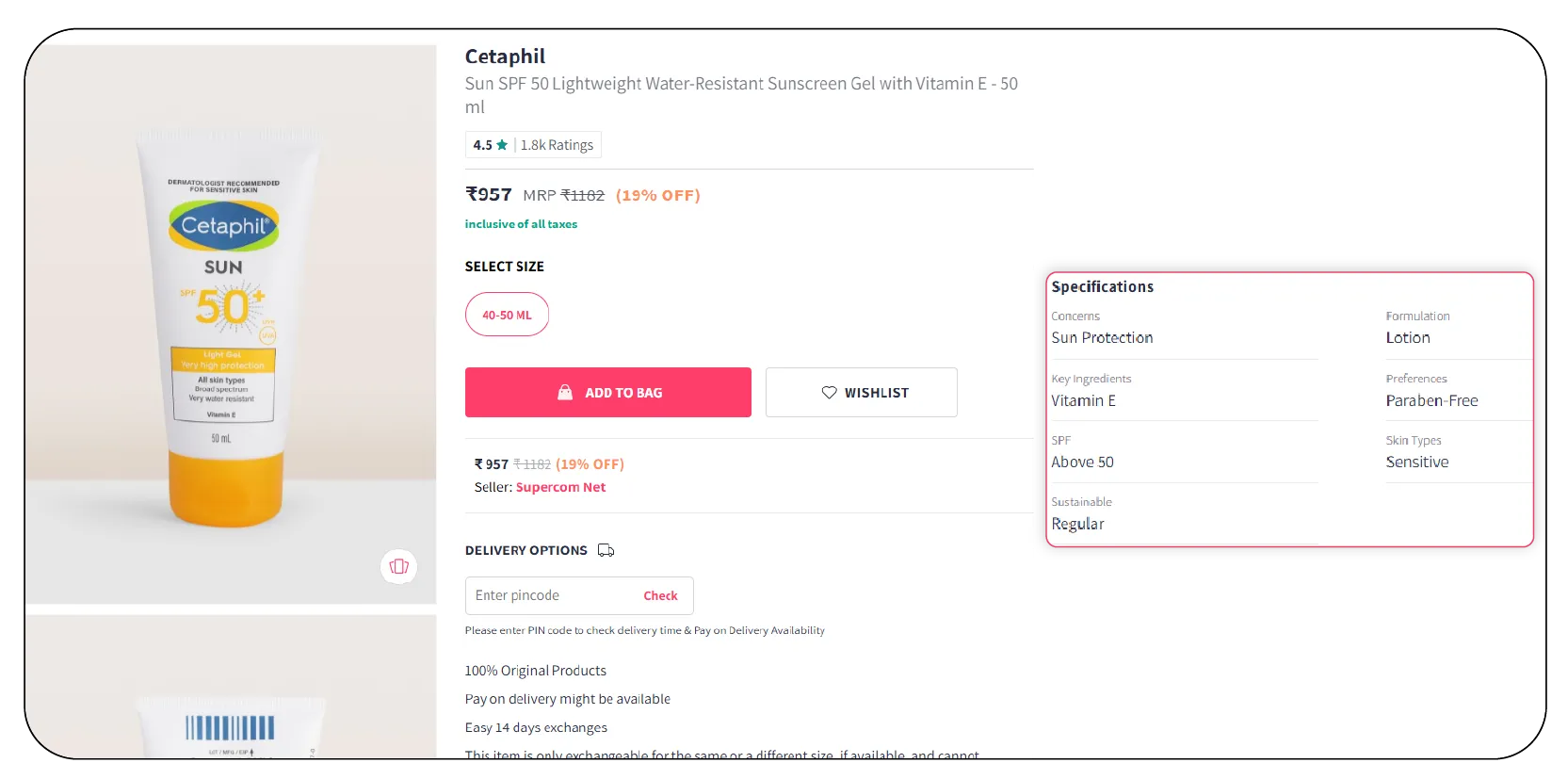
As clean beauty and sustainability become pressing concerns, consumers demand greater transparency about what goes into their products. Scraped ingredient lists, product claims ("paraben-free," "eco-friendly packaging," etc.), and certifications (e.g., "PETA Approved") allow watchdogs, researchers, and competitors to perform independent audits.
Brands can use data to benchmark themselves against others and refine their ESG (Environmental, Social, and Governance) goals rather than guesswork. Moreover, regulatory bodies or NGOs can use such data to track compliance or monitor false marketing claims.
How Does Product Data Scrape Can Help You?
1. Real-Time Market Insights: Our e-commerce data scraping provides businesses with up-to-the-minute information on product availability, pricing, and consumer preferences, enabling faster and more intelligent decision-making.
2. Competitive Advantage: By continuously monitoring competitor listings and promotions, companies can stay ahead of market trends and adjust strategies proactively to capture more market share.
3. Personalized Customer Experiences: Extracted data allows brands to tailor marketing campaigns and product recommendations based on detailed consumer behavior and preferences, boosting engagement and conversion rates.
4. Inventory and Demand Forecasting: Scraping real-time stock levels and sales velocity helps businesses optimize inventory management, reduce overstocking or stockouts, and improve supply chain efficiency.
5. Comprehensive Product Intelligence: Our scraping services deliver rich datasets, including product specifications, reviews, and ratings, empowering brands to innovate, improve product quality, and align offerings with consumer expectations.
Conclusion
In today's ultra-competitive beauty industry, where trends evolve at breakneck speed and consumers expect instant gratification, data is no longer optional—it's foundational. By leveraging Web Scraping E-commerce Websites like Myntra, businesses can access a live pulse of market activity, consumer preferences, and innovation gaps.
From optimizing pricing strategies using the Ecommerce Product Prices Dataset to perfecting product positioning, building intelligent recommendation engines, and understanding lifecycle dynamics, scraped beauty data is a multi-purpose asset. It allows established players and emerging startups to make informed decisions, deliver personalized experiences, and innovate ahead of the curve.
As the digital beauty ecosystem continues to expand, the value of Myntra Beauty data will only rise. Those willing to invest in clean, scalable data extraction and intelligent analysis will reap higher sales, deeper consumer trust, and long-term market leadership.
At Product Data Scrape, we strongly emphasize ethical practices across all our services,
including Competitor Price Monitoring and Mobile App Data Scraping. Our commitment to
transparency and integrity is at the heart of everything we do. With a global presence and a
focus on personalized solutions, we aim to exceed client expectations and drive success in data
analytics. Our dedication to ethical principles ensures that our operations are both responsible
and effective.











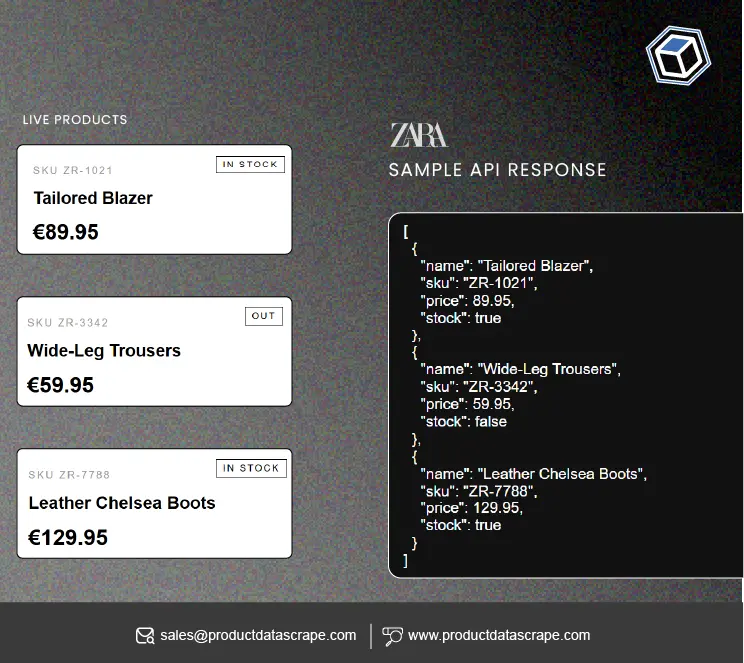


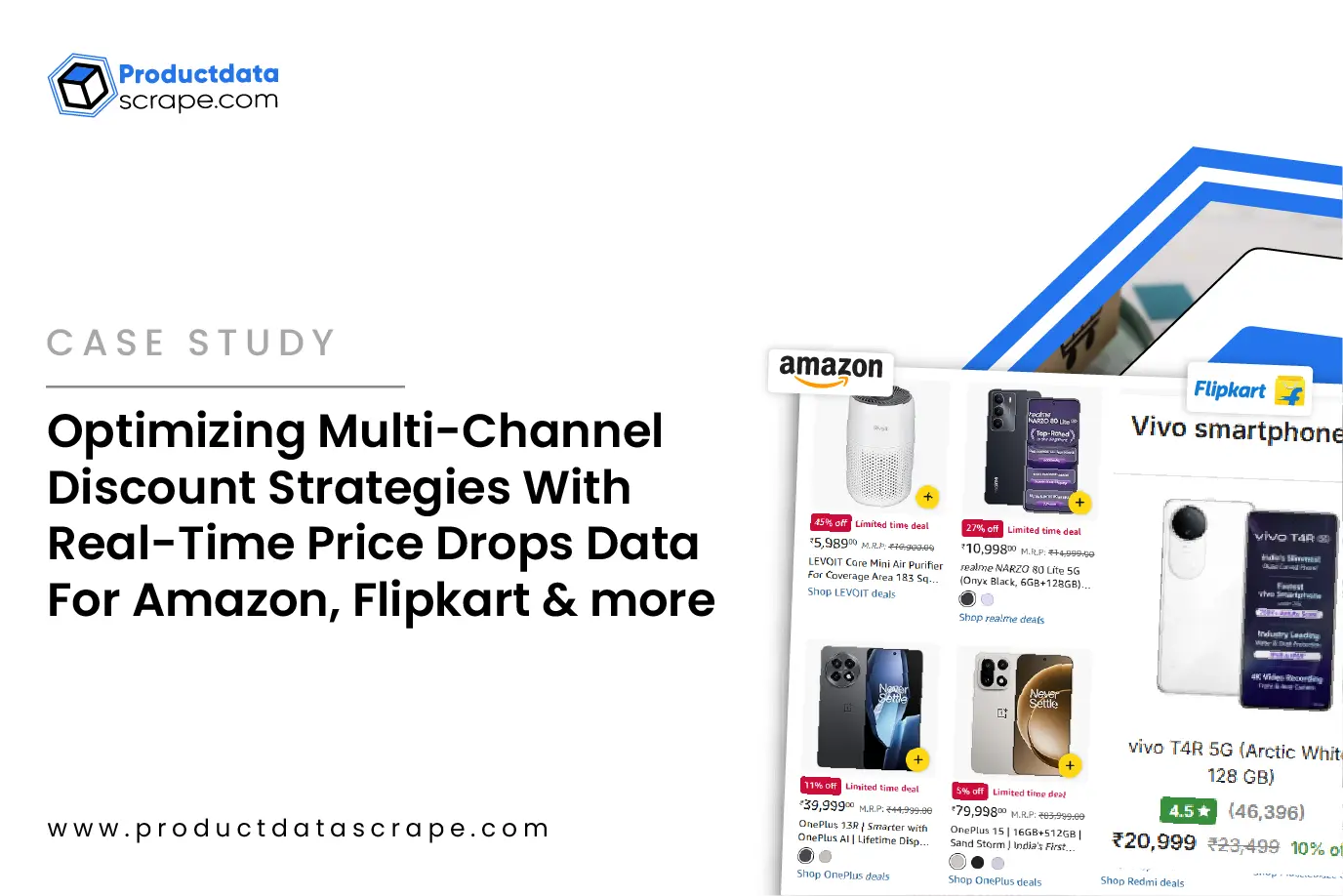










.webp)
-01.webp)

.webp)
